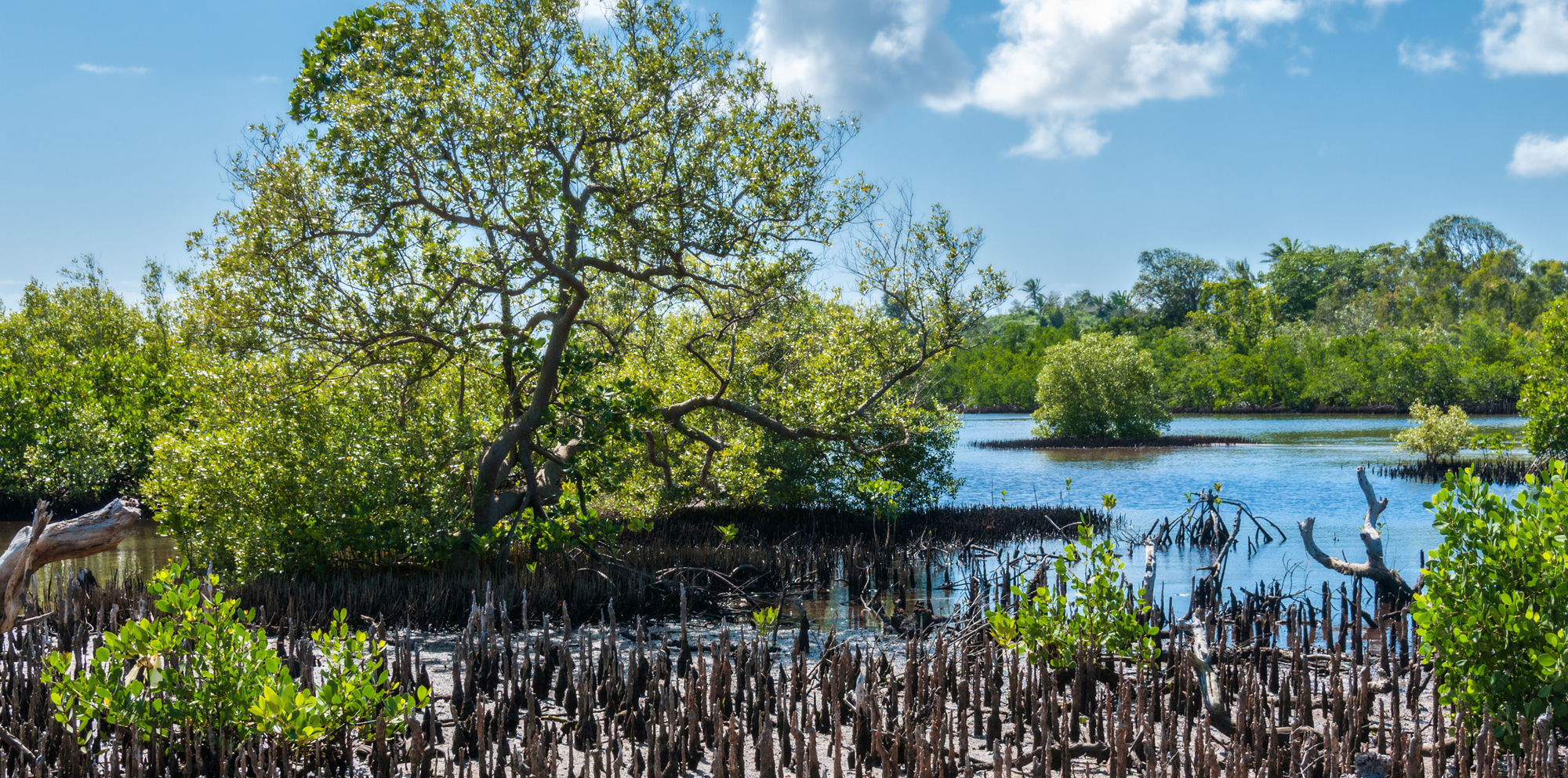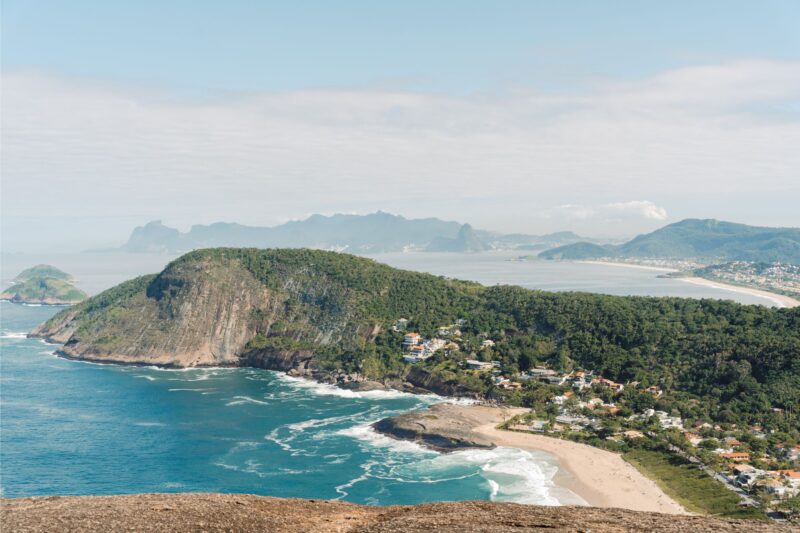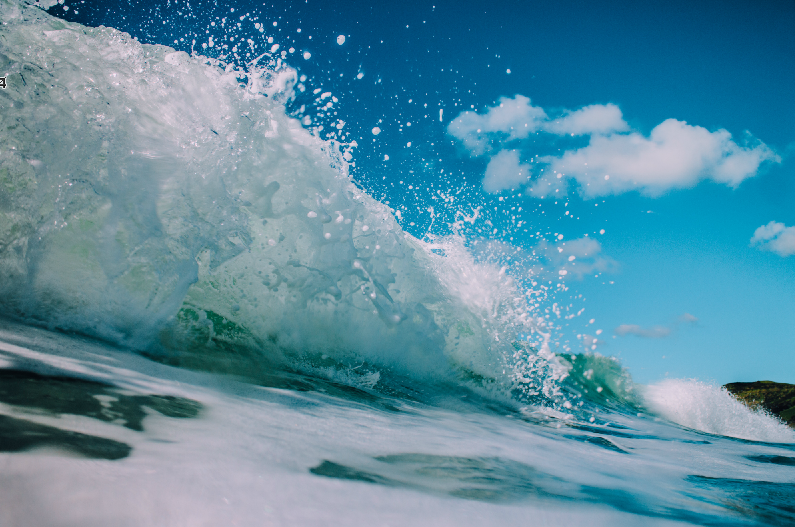Being a state that is mostly surrounded by water, Florida is well known for its thriving seafood scene—and it’s not uncommon to find oysters on many local menus. Thousands are consumed in Florida restaurants every day, leaving behind towers of shells.
Instead of those ending up in the trash though, a local non-profit group has organized a way to work with local restaurants to recycle those shells. They’ve also created a really unique volunteer opportunity to put those shucked shells to work.
I recently participated in this fun activity, and as a Floridian, I found it to be a really cool way to give back and help protect my local waters. Even if you’re just visiting, you can easily sign up to help make BESE oyster mats. It’s a fun activity that takes less than 3 hours of your time, but makes a huge impact.
Shuck and Share
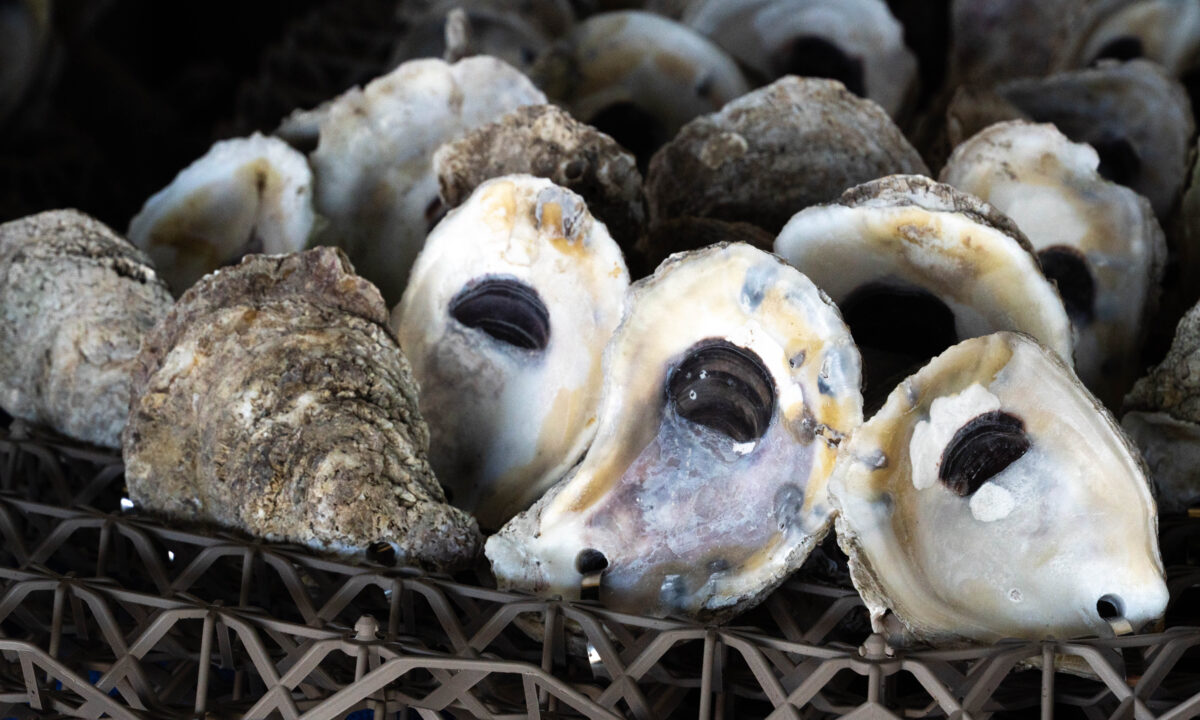
Shuck and Share was created by the Marine Discovery Center in New Smyrna Beach, Florida and was designed as an effort to keep oyster shells out of landfills, and instead using them for a worthwhile purpose. After us seafood lovers consume this scrumptious delicacy, they collect the remaining oyster shells from many local restaurants like Off the Hook Raw Bar & Grill, Chase’s on the Beach, McKenna’s Place, and Outriggers Tiki Bar & Grille.
The recycling program has been a tremendous success, collecting over a million pounds of shells in Volusia County. With the growth of the Shuck and Share program, it has now spread beyond its initial borders and many other counties along Florida’s east coast are now also collecting shells from local restaurants.
It’s not just a matter of keeping these shells out of landfills though. Those shells are a prized commodity that are used in restoration efforts of the Indian River Lagoon. In case you needed a reason to hit up a local beachside restaurant and eat more oysters on your Florida vacation, you now have one.
The Significance and Challenges of the Indian River Lagoon
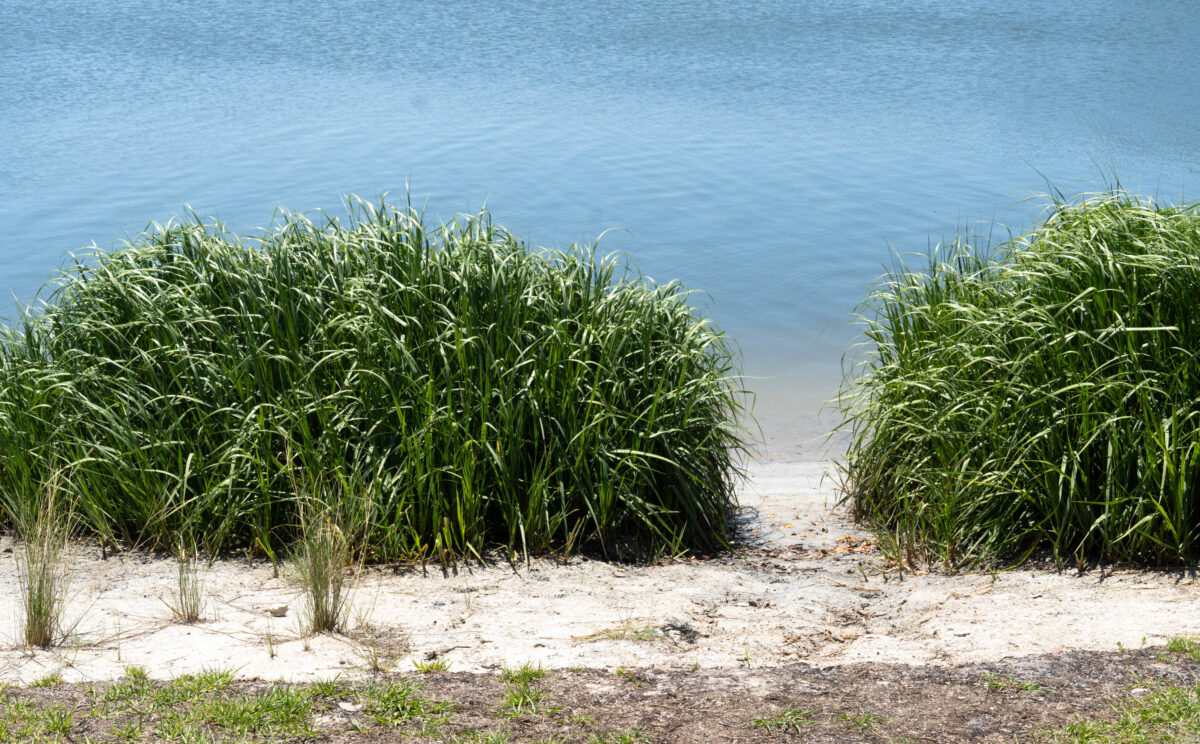
The Indian River Lagoon is an estuary on the east coast of Florida that spans 156 miles and includes 5 inlets that connect to the Atlantic Ocean. If you’re coming to Florida and want to see some of our amazing marine wildlife, this is a great place to do it. I’ve definitely seen my share of manatees and dolphins in the lagoon, and it’s also a great place to see the mangroves with their web of tangled, gnarly roots protruding from the surface of the water.
Being connected to the ocean and mainland, there’s many obstacles that can affect the impacts on this waterway. Tess Sailor-Tynes is the Conservation Science Coordinator at Marine Discovery Center, which is located on the banks of the lagoon. She told me there are a myriad of issues that have negatively affected the lagoon’s water quality, including overdevelopment, fertilizers, and old septic tanks that don’t function properly.
How Oyster Shells Can Help Save the Indian River Lagoon
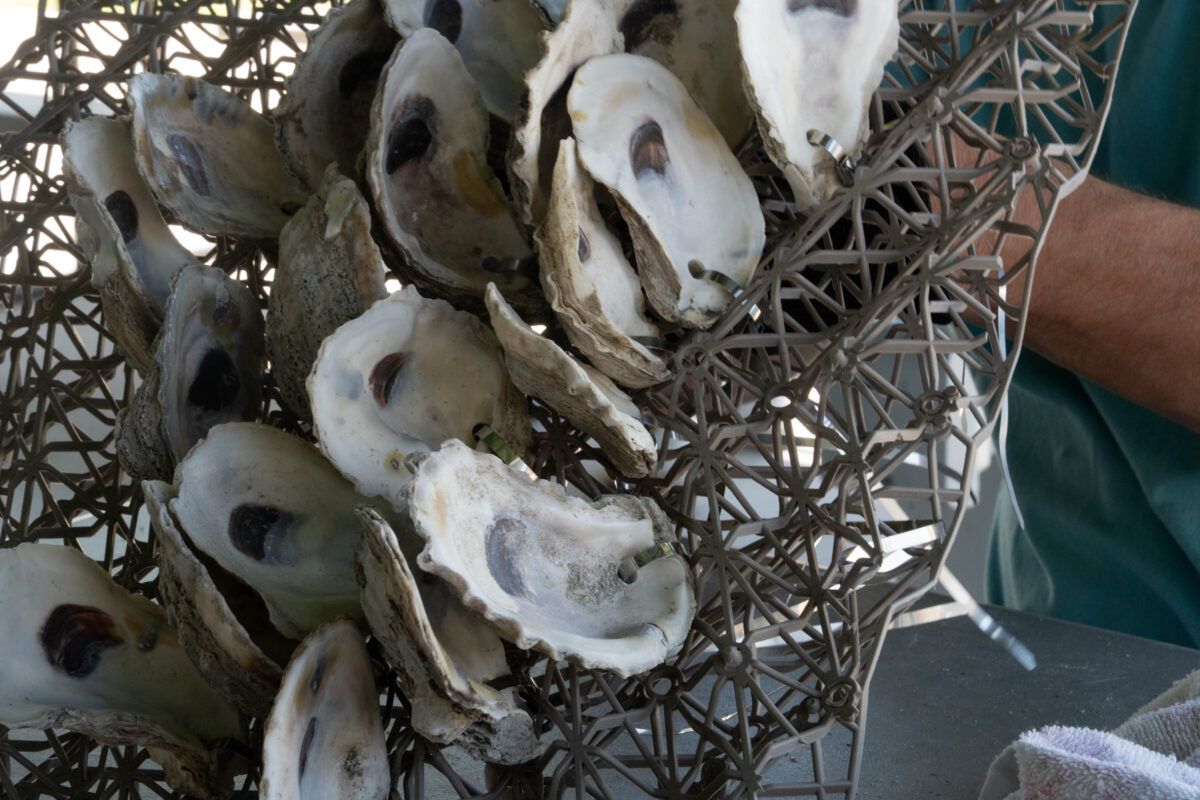
Oysters may not be the prettiest of Florida’s aquatic species, but they are one of the most important. They are a keystone species in Florida, which means many marine species rely on them for food, protection, and habitat.
Oysters start out as a free floating larvae called spat. The spat—aka baby oyster—floats around in the water until it finds a place to settle. It needs to find a hard surface within 2-3 weeks or it will die. While they can land on other surfaces such as docks or mangrove roots, Sailor-Tynes explained how the chemical makeup of recycled oyster shells attracts the spat, saying, “It’s kind of like an evolutionary signal that essentially says, this is an optimal place for you to settle.” It’s a good indicator to them that there’s enough food and protection there to create a successful oyster colony. Using recycled oyster shells in the lagoon serves as a way to help the next generation of oysters survive.
Interconnected oyster reefs also help reduce erosion on the shoreline. Here in Florida, it’s no secret that our shorelines are vulnerable to the effects of hurricanes, but daily tides and boat wakes can also create erosion. Oyster reefs help prevent that, but Sailor-Tynes said, “We’ve seen about 86% of oyster reefs in this region of the Indian River Lagoon have been wiped out or are on the decline.” That’s why the Marine Discovery Center’s efforts are so important.
Oysters can also help counteract some of the activities that have caused the poor water quality the Indian River Lagoon is experiencing. Sailor-Tynes explained that the shells act as a filtration system. She said, “They’re filtering 15-30 gallons of water per day as a single oyster.”
More oysters equals better water quality, less erosion, and a healthier overall marine ecosystem—and that’s where all of those recycled oyster shells come in. Marine Discovery Center has created a fun and unique way to use those recycled oysters to create BESE oyster mats, and you can volunteer to build one.
Building BESE Oyster Mats
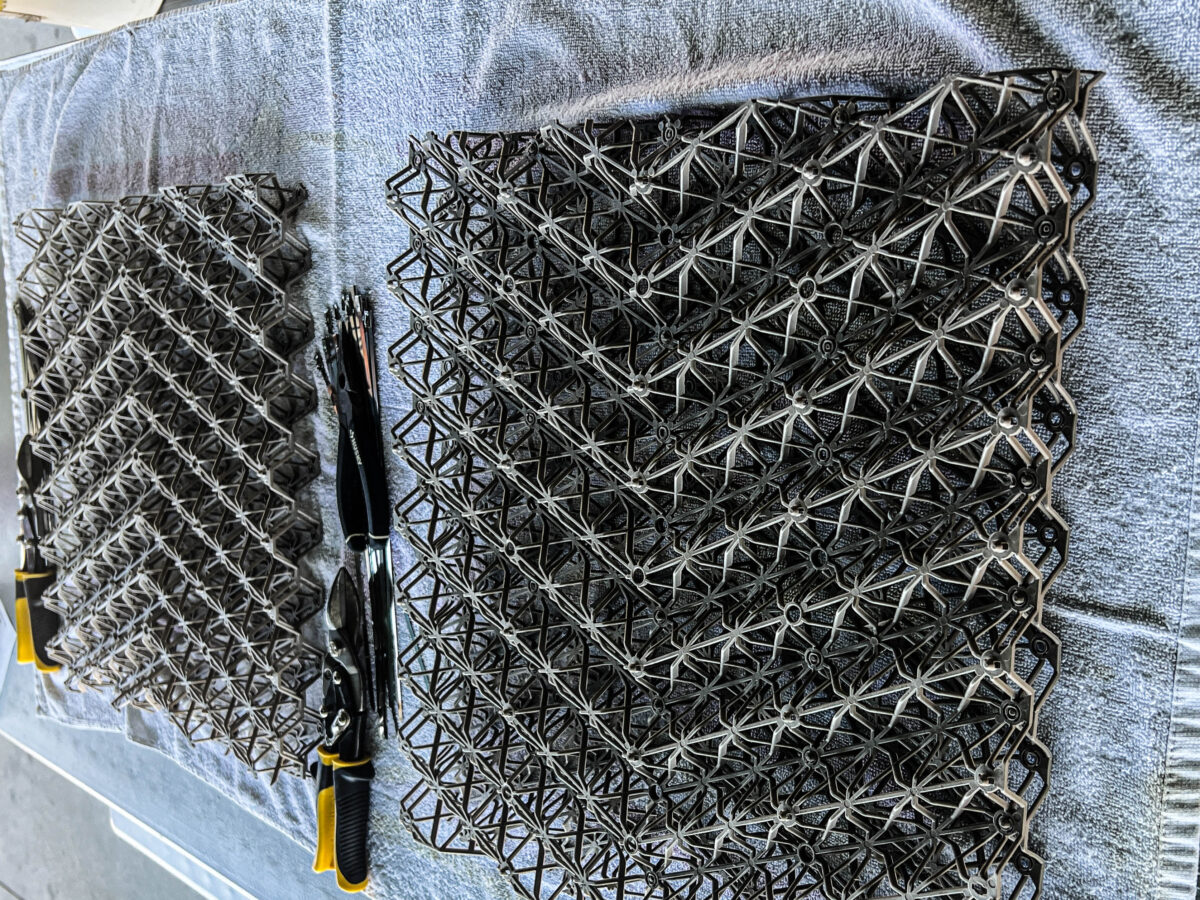
A significant portion of the recycled oysters that come from the Shuck and Share program are used to create BESE oyster mats that are later placed in the lagoon. BESE stands for Biodegradable EcoSystem Engineering Elements (that’s way too much to say, so thankfully Marine Discovery Center just refers to them as BESE oyster mats).
The BESE refers to the actual mat that we attached the oysters to. At first glance, it looked like plastic, and that’s a big no-no for this girl since these are being placed in the water. Once I touched it though, I could tell something was different. Sailor-Tynes explained the makeup of these mats that are made in the Netherlands, saying “It’s a potato chip starch waste, combined with an additional biostarch.” So basically, additional waste created from potato chip production is being recycled too.
During my volunteer experience, we were given a BESE mat and oyster shells that had holes drilled in them. Sailer-Tynes said the shells that we were given had sat out in the Florida elements for at least 6 months for a natural sterilization to remove residue from the restaurants. She laughed as she said, “The hot sauce and the champagne needs to go.”
We then attached the shells to the mat with metal zip ties—another strategic attempt to keep plastic out of the ocean. The staff also gave us gloves to wear while we were creating our mats, and I highly recommend using them. They come in handy when working with the metal zip ties and using the wire cutters to trim up the long dangling pieces on the back of your mat.
We were told to use 30-36 oysters on each mat, and I ended up using the full 36 on mine. Tailor-Synes told me, “Within 6-12 months, we typically see that there are 92 larval oysters landing on a single mat.” That’s when I really started seeing the impact, and I left that day feeling like I had made a difference.
In a couple of months, researchers from the University of Central Florida will take my mat, along with hundreds more, and place them in the lagoon. The BESE material will eventually biodegrade, but by that time the oyster shells will have fused together to create a new reef.
The Coolest Volunteer Opportunity in New Smyrna Beach—No Experience Needed
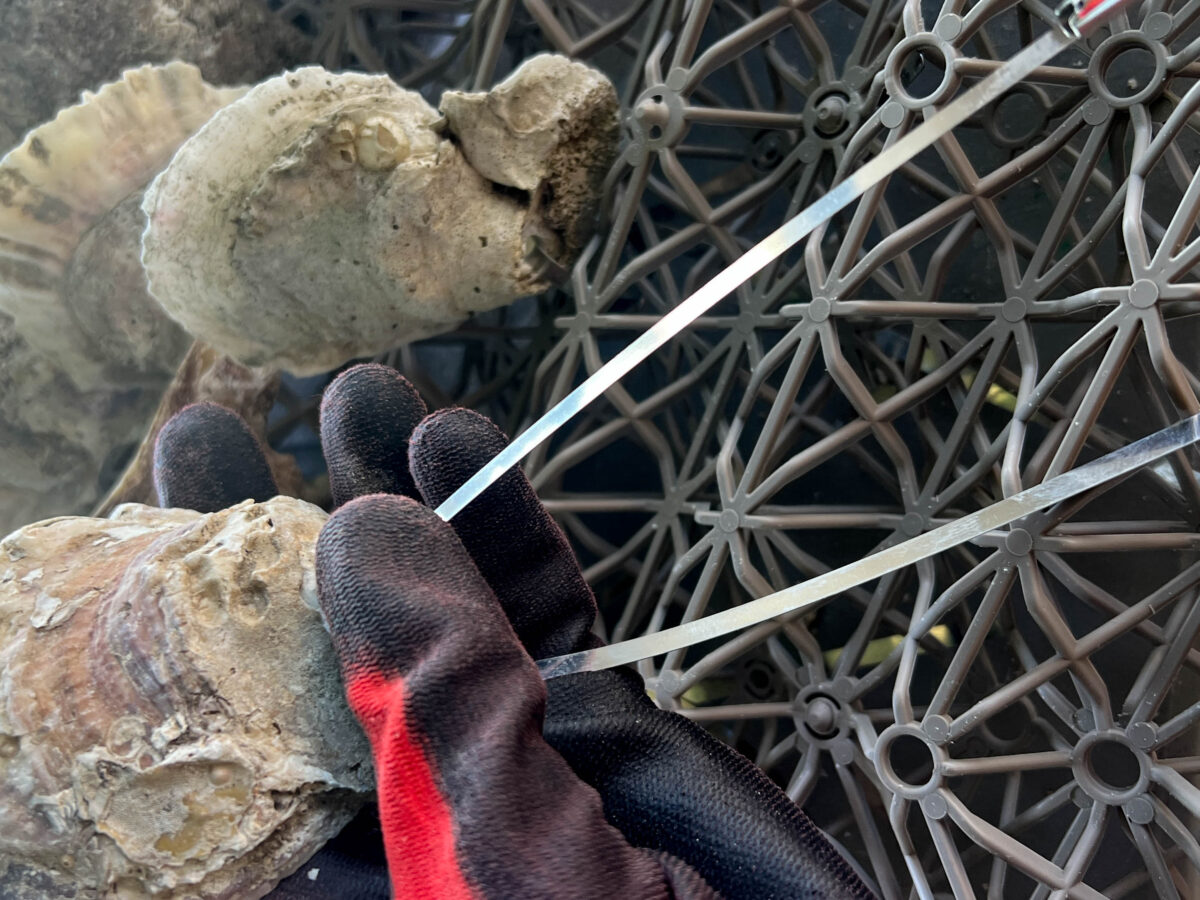
When I first volunteered to help build BESE oyster mats, it sounded like a chance to do a cool art project that also helped the environment (both things that excited me). My boyfriend and I signed up, but I was a little nervous before going. I had never done anything like this, and honestly, I didn’t want to mess it up. Even though I had no experience, I quickly realized that didn’t matter.
Upon our arrival at Marine Discovery Center, we were greeted with smiling faces who were genuinely excited to have us there to help for the day. They were great teachers and showed us what to do. Within a few minutes, we felt like pros.
It’s an easy thing to add on to your trip to New Smyrna Beach. The shifts are only 3 hours, but we completed our mats in less than 2 hours. Anyone over the age of 10 can volunteer, but those under 16 need to be accompanied by an adult.
Volunteers typically build mats October-June, and the mats are placed in the lagoon in late summer. I felt it was a really fun thing to do when my boyfriend and I were in New Smyrna Beach, and we had a great time. Even better—it was also free!
Other Things to Do at Marine Discovery Center
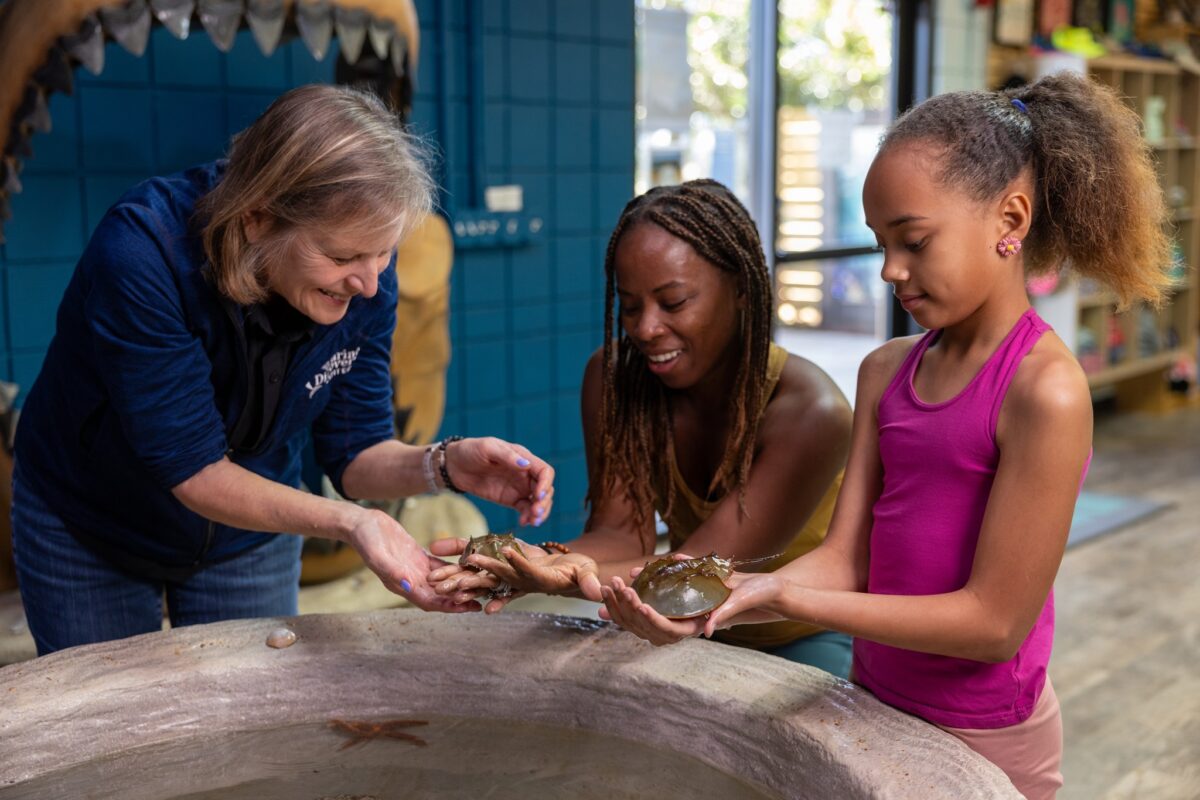
Our main purpose for visiting the Marine Discovery Center was to build BESE oyster mats, but I discovered there was more to explore on their 22 acres. We started out in their visitor center and checked out some of the residents in their touch tank. As you roam the grounds, you can also encounter an array of wildlife, including marsh bunnies, fiddler crabs, bobcats, and osprey. On the day we visited, we were pleasantly surprised to come across a gopher tortoise. If you’re interested in getting on the water to experience some marine wildlife, you can also join one of their guided kayaking tours or boat tours.
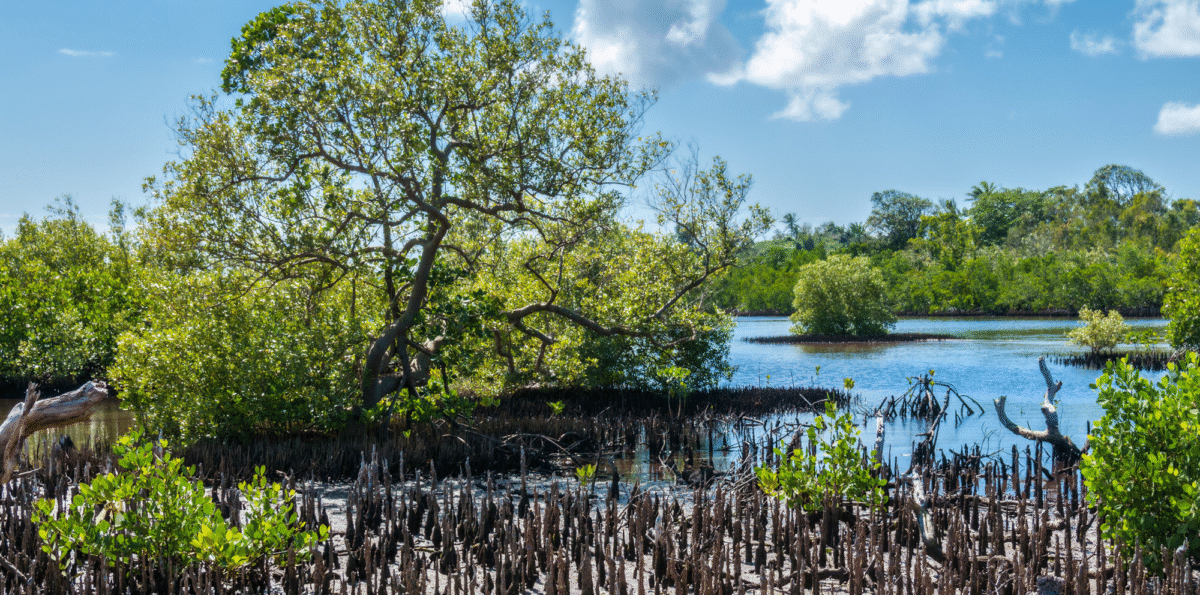
How to Get Involved and Build Your Own BESE Oyster Mat
Marine Discovery Center offers several opportunities to volunteer for various projects. On their website, you can sign up to help build BESE oyster mats and learn more about other opportunities to get involved in their restoration initiatives.

